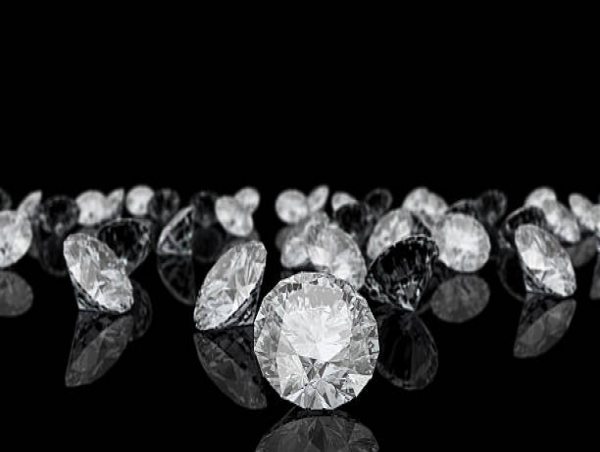Study reveals lab-grown diamonds have significantly lower carbon footprint than mined diamonds.
DOVER, DELAWARE, UNITED STATES, August 29, 2024 /EINPresswire.com/ -- In a groundbreaking new study, researchers have found that lab-grown diamonds offer an impressively sustainable alternative to traditional mined diamonds, boasting a significantly lower carbon footprint. This vital research sheds light on the pressing environmental concerns associated with diamond mining and highlights the ethical and eco-conscious choices available to both consumers and the jewelry industry.
In recent years, global awareness of climate change and environmental conservation has skyrocketed, prompting industries to re-evaluate their practices. The jewelry sector, long known for its environmental challenges, is no exception. CaratBee, a leader in the selling of lab-grown diamond rings, is proud to share the findings of this pivotal study, which underscores the importance of making sustainable choices in diamond production.
Key Findings
The study reveals that lab-grown diamonds can reduce the carbon footprint by up to 60% compared to their mined counterparts. This difference is primarily due to:
Energy Consumption:
According to a study by Frost & Sullivan, lab-grown diamonds consume approximately 250 kWh per carat, whereas mined diamonds can consume up to 538.5 kWh per carat.
Carbon Emissions:
The same study indicates that lab-grown diamonds produce around 0.028 grams of carbon emissions per carat, compared to 0.127 grams for mined diamonds.
Water Usage:
Lab-grown diamonds use about 18 gallons of water per carat, significantly less than the 126 gallons used for mined diamonds.
Land Disruption:
Mining one carat of diamond can disturb up to 100 square feet of land and move up to 250 tons of earth. Lab-grown diamonds, on the other hand, have a negligible impact on land.
Human Impact:
The diamond mining industry has been associated with human rights abuses and unsafe working conditions. Lab-grown diamonds eliminate these concerns by providing a more ethical alternative.
These findings are supported by comprehensive data and statistics, demonstrating the clear environmental advantage of choosing lab-grown diamonds.
Methodology
The study employed a rigorous life cycle assessment methodology, analyzing every stage of a diamond's life—from creation to sale. Data collection was meticulous, ensuring accuracy and reliability in the findings. While the study provides substantial insights, researchers acknowledge that ongoing investigations could further refine these results and address any potential biases.
Implications and Benefits
For the jewelry industry, this study presents a compelling case for adopting lab-grown diamonds. CaratBee champions this shift as a pathway for businesses to contribute to a more sustainable future, reduce their ecological footprint, and appeal to the growing demographic of environmentally conscious consumers.
From CaratBee's perspective, for consumers, opting for lab-grown diamonds means supporting environmental preservation and ethical practices without compromising on quality or beauty. CaratBee ensures that lab-grown diamonds possess the same physical and chemical properties as mined diamonds, offering a guilt-free alternative for today's conscientious buyers. Explore the beauty of lab-grown diamonds with a Diamond ring.
About CaratBee
CaratBee is at the forefront of innovation in the lab-grown diamond industry. We are committed to sustainability and ethical practices, ensuring our diamonds are not just beautiful, but also responsibly sourced. Our dedication to reducing environmental impact while maintaining exceptional quality has made us a trusted name among jewelry enthusiasts worldwide.
Conclusion
The findings of this study accentuate the importance of rethinking traditional diamond sourcing methods. By choosing lab-grown diamonds, consumers and industry professionals alike can make a positive impact on the planet. CaratBee invites everyone to consider the environmental implications of their jewelry choices and to join us in championing a more sustainable and ethical future for the industry.
Lav Bhimani
CaratBee
email us here
Visit us on social media:
Facebook
LinkedIn
Instagram
YouTube
Legal Disclaimer:
EIN Presswire provides this news content "as is" without warranty of any kind. We do not accept any responsibility or liability for the accuracy, content, images, videos, licenses, completeness, legality, or reliability of the information contained in this article. If you have any complaints or copyright issues related to this article, kindly contact the author above.
![]()



